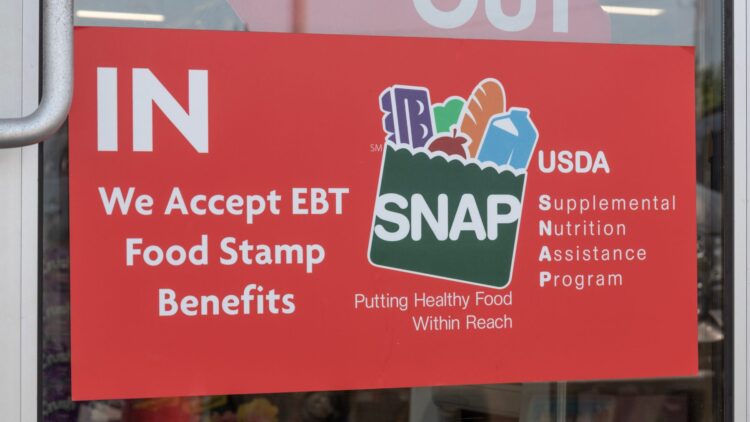With June and thus summer right around the corner, many Americans are eagerly awaiting their Supplemental Nutrition Assistance Program (SNAP) monthly payment as it will make it easier to make ends meet, especially for families that will now have their kids at home all day and will be unable to rely on school sponsored lunches to cover the difference.
But even though SNAP is a lifesaver, the program has many limitations, rules and quirks that make it one of the most complex social assistance programs in the country. The main reason why this is, is because while it is technically a part of the United States Department of Agriculture (USDA), they are not the ones that run it. The SNAP program is state run to ensure that no one slips through the cracks and that the needs of individuals in different states are met.
This is because the US is such a varied country, that the needs of residents in Alaska cannot be met the same way as the needs of residents in California or Colorado. By making each state responsible for making the payments and auditing how the money can and should be used, residents have a much better chance of getting their needs met.
What does not change is the method of distribution of the payment and the maximum amount of money recipients can get.
SNAP benefits for June, how families will get their money for the beginning of the summer
SNAP benefits were previously known as Food Stamps, and although they are still called that in some cases, the name stems form the way they used to be distributed and so now it does not make as much sense. Previously, each eligible household got a card that they had to bring with them to the store to get it physically stamped every time that they wanted to use their benefits to buy food.
While this system worked for many years, the advanced in technology made it easier for everyone in the program to get access to bank accounts and so now every eligible household gets a sort of debit card associated with their SNAP account, called an Electronic benefit transfer (EBT) card which contains their benefits and can be just swiped when making an allowed purchase.
The maximum amount of money that will be charged into that card is $975, but not every state has that maximum amount and not everyone will qualify to receive the maximum amount in benefits, as it is very dependent on the size of the family, the state you live in and your economic situation.
As a general rule, the maximum monthly benefit of $975 is available to qualifying families of four who meet the most stringent criteria. These requirements typically involve little to no income, substantial recurring costs like housing, medical needs, or childcare, and a clearly documented household structure. Eligibility also depends on the household’s income falling below federal poverty guidelines, both gross and net. Furthermore, every family member must be accurately enrolled and verified in their state’s SNAP records.
Given the very strict criteria that is needed to qualify for the maximum benefit, it is not surprising that most families do not get anywhere near the maximum amount, but that does not mean that if your assigned benefit is not enough to make ends meet you are out of options. States usually have additional benefits for residents so that they can feed their families or pay their rent, so if you really are struggling, contact your local municipality or town to see what other resources you could access besides SNAP.

